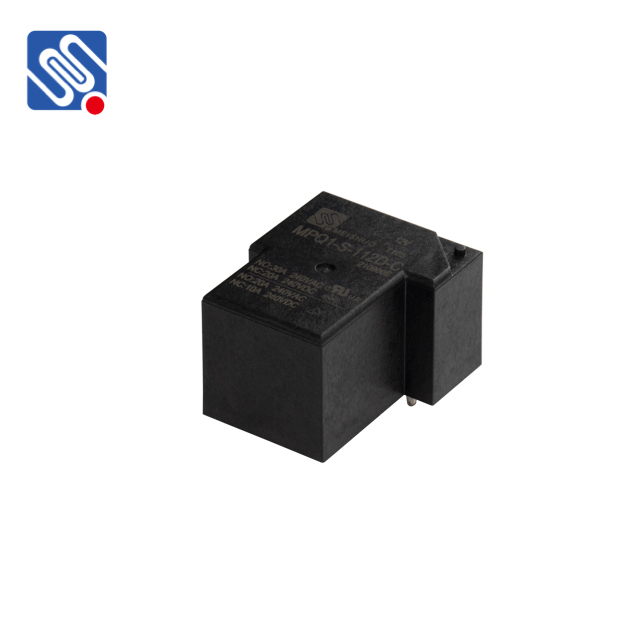understanding the 12v dc relay: its functionality and applications
Release time:2025-06-24 04:39:52
A 12V DC relay is an electromechanical switch that enables the control of electrical circuits using a low-voltage control signal. It is widely used in various applications due to its versatility, reliability, and ability to handle both low and high voltage circuits. Understanding the components, working principles, and applications of a 12V DC relay is crucial for engineers, hobbyists, and anyone working with electronics.

What is a 12V DC Relay?
A 12V DC relay is a type of relay designed to operate with a 12-volt direct current (DC) input. It consists of several key components: a coil, an armature, a set of contacts, and a spring. When a voltage is applied across the coil, it creates a magnetic field that attracts the armature. This movement either opens or closes the contacts, thereby controlling the flow of electricity to a different circuit. The operation is completely mechanical but is controlled electronically via the low-voltage input.
The main advantage of using a relay is that it allows a low voltage circuit to control a high voltage circuit without directly connecting the two. This is particularly useful in automation, control systems, and various electronic devices that require switching operations.

